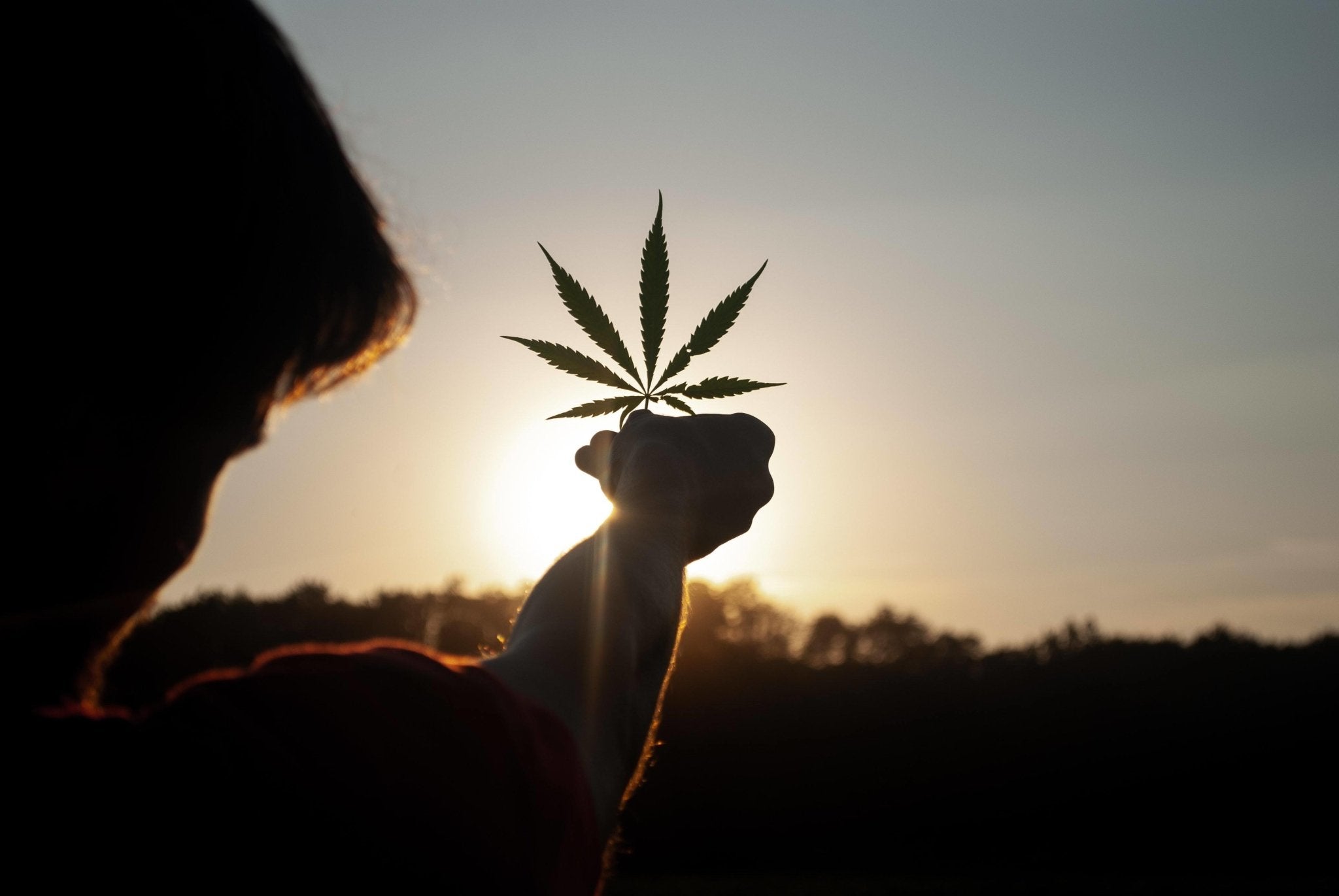If you aren't growing cannabis outdoors, it's time you took advantage of the opportunity. While there are clear benefits to growing weed indoors, many experienced cultivators swear by the sun-grown methodology. After all, cannabis grows like a weed (literally) in climates as diverse as the valleys of the Himalayas to the jungles of Jamaica. But, despite how well cannabis does outdoors, outdoor growers need to be just as proactive as indoor growers.
True, you might not have to worry about the nutrient levels in your reservoir or light leaks through your grow tent. But, several other issues become exponentially more significant. Weather, disease, and pests are serious concerns for the outdoor grower.
As you dig into your first outdoor cannabis grow, don't leave the plants to their own devices. Healthy harvests come from attention and daily maintenance. Learn from the mistakes of others!
5 Common Mistakes Growing Weed Outdoors
1. The "Set it and Forget it" Approach
As mentioned, in many areas of the world, cannabis really does grow like a weed. While you very well could throw a few seeds into a garden and see some success with minimal attention — you'll only reap a superior harvest if you put in time and effort.
From the first day, you'll want to start a daily routine. Regular monitoring is vital to catching issues early.
First, you'll catch pests and diseases before they do significant damage. New growth and inner-sheltered foliage are especially at risk for infestation. Second, changes in temperature and humidity may require adjustments to the watering schedule. Third, daily checks will also catch a sneaky male plant before it throws all females into seed production.
2. Ignoring the Weather Forecast
When growing outdoors, weather means everything, especially the closer you get to harvest. Generally speaking, cannabis is pretty robust in the face of seasonal temperature changes, but unseasonable weather or storm systems can destroy an entire crop.
In the early spring and fall, keep a close eye on night time temperatures. The ideal temperature for cannabis plants is between 50°F to 85°F (10 °C to 30°C). A few nights above or below these temperatures won't cause too many problems, but anything below 40°F (4 °C), you'll want to cover your plants. And, if a frost is in your future, cover the plants with tarps to prevent the sensitive tissues from freezing.
Beyond temperatures, strong winds, powerful storms, and other aggressive weather systems can also destroy your harvest. Keep an eye on the weather, especially as you head into fall. Depending on what temperatures and weather patterns are coming down the pipeline, it may influence your harvest date.
3. Soil as an Afterthought
As an outdoor operation, how do you control the soil variable? Most outdoor growers grow in pots, limiting the loss of nutrients and adding a certain level of control back into the equation. Fabric pots that allow for breathability and improve root structure are standard among outdoor growers.
But the container is just the start. What goes into your container is just as crucial outdoors as it is indoors. Healthy soil drains well but still retains some moisture, and it's alive. A living soil supports plants through beneficial bacteria, easy access to nutrients, and more. It's simple to make your own living soil mixture and kick start the ecosystem with a few key additives.
Beyond pots and soil mixes, you also want to pay for a professional soil test. Send a sample off to a lab to better understand nitrogen, phosphorus, potassium, pH, and other important measurements. Once you know where you are starting from, you'll know where to take it.
4. No Pruning or Training
While it's true that indoor gardeners generally have to spend more time pruning and training their plants due to the space restrictions, outdoor plants need love as well. Why? Because proper pruning and training can reduce the risk of pests and disease and boost yields. Yes, an outdoor sativa can grow to monstrous dimensions, but, with a little careful pruning, you can manipulate even more out of a single plant (plus make it more discreet)
If discretion is not a concern, apical pruning and training into a supportive wire cage are a common combination among outdoor growers. This supports the plant from wind and other environmental issues, and it also expands the growth outwards for bigger yields.
If you do need to keep the plants short, pruning is essential from an early stage. As an outdoor grower, you can use topping, lollipopping and low-stress techniques, among several others, to pump out more buds, even with a shorter, discreet plant.
5. Harvesting Too Soon
During the flowering stage, patience is a valuable asset. Once you notice flowers develop, you are likely several weeks (or months) away from harvest. If you harvest too soon, the plant will not have reached peak potency and flavor.
Have a LED light Loupe on hand for your daily rounds. In the early stages, you'll notice long white hairs and crystal formation. Slowly, these hairs will develop a golden-orange to brown hue. Use your jeweller's loupe to check the colour of the crystals. As these tiny trichomes reach peak potency, they develop a cloudy look. Later, they turn amber. The perfect time to harvest is when most are cloudy.
A Golden Opportunity: Grow Weed Outdoors
For a long time, indoor cannabis was highly sought after because consumers thought it was of higher quality. Poorly grown outdoor cannabis gave the entire sector a bad rap. Little did we all know that if you pay attention to your outdoor grow, it too will produce a top-shelf flower.
Cannabis may grow like a weed outdoors, but daily attention and maintenance will produce a beautiful final product rivalling anything grown indoors. And all with limitless free energy from the sun!





